Wednesday was wet, we sort of knew it would be as we have been monitoring the weather via an app for weeks now (thankful snow has buggered off). We bought a 48hr waterbus ticket, such good value as it allows you to hop on and off at will instead of paying the €7.5 for each trip charged normally if you use the waterbus- locals pay much less, I guess that is one of many prices you pay as a tourist.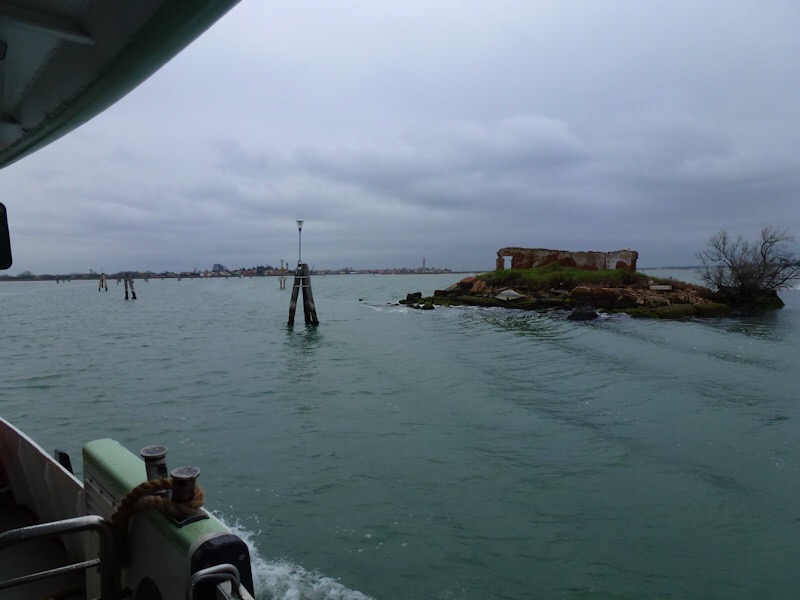
We wanted to see more of the lagoon, so decided to travel first to Burano, then back to Murano, the opposite of the day trippers surge and that worked a treat. Venice is a cluster of buildings built on platforms perched on piles sunk deep in marshland. The whole lagoon is huge, and dotted with other salt marshes and mudflats that clearly show how tenuous a grip on the planet Venice has. We motored past tiny abandoned islands being reclaimed by the sea, walled private islands and mussel beds on an interesting hourish journey to Burano, the lace island.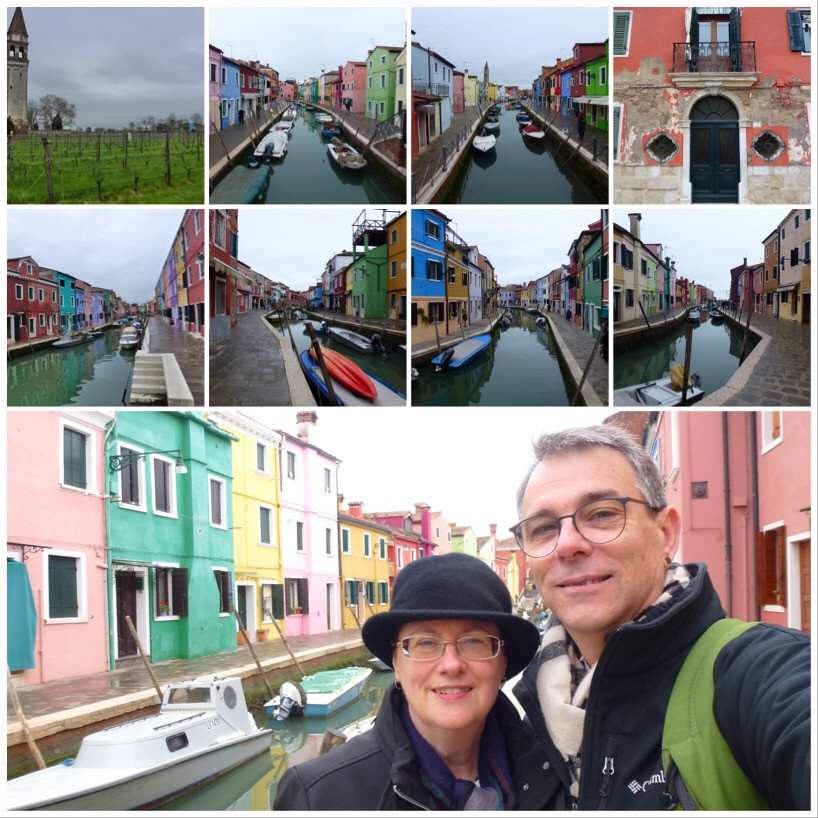
We have remarked to each other how “Italian” the streets of Venice are. This is not meant to be racist, but rather a statement of the feel, layout and general ambiance that sets it apart from places like Paris for instance. Burano is different in that the buildings are all painted in garish colours, bright and neat, some do your head in. The canals of Burano are also not really straight, rather twist and turn in ways that mess with your head. We saw an artist in Venice that was painting these psychedelic twisted Venetian views and clearly Burano was his muse.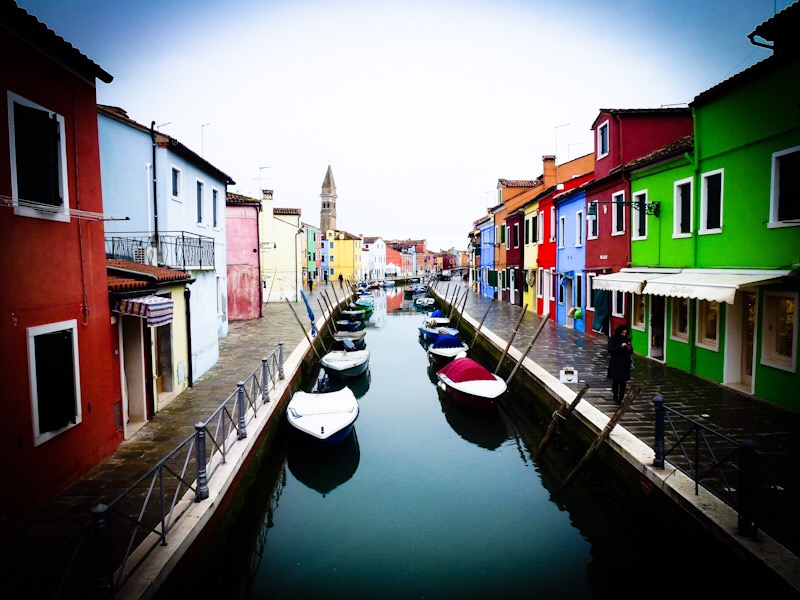
Burano was famous for lace, more correctly a particularly punishing form of it called needle lace. Women had 3 choices: get married, become an nun or get a trade. We visited the Lace Museum, and discovered lace making is a particularly intricate trade, the tiny threadwork, poor light and harsh factory conditions make this RSI capital of the world.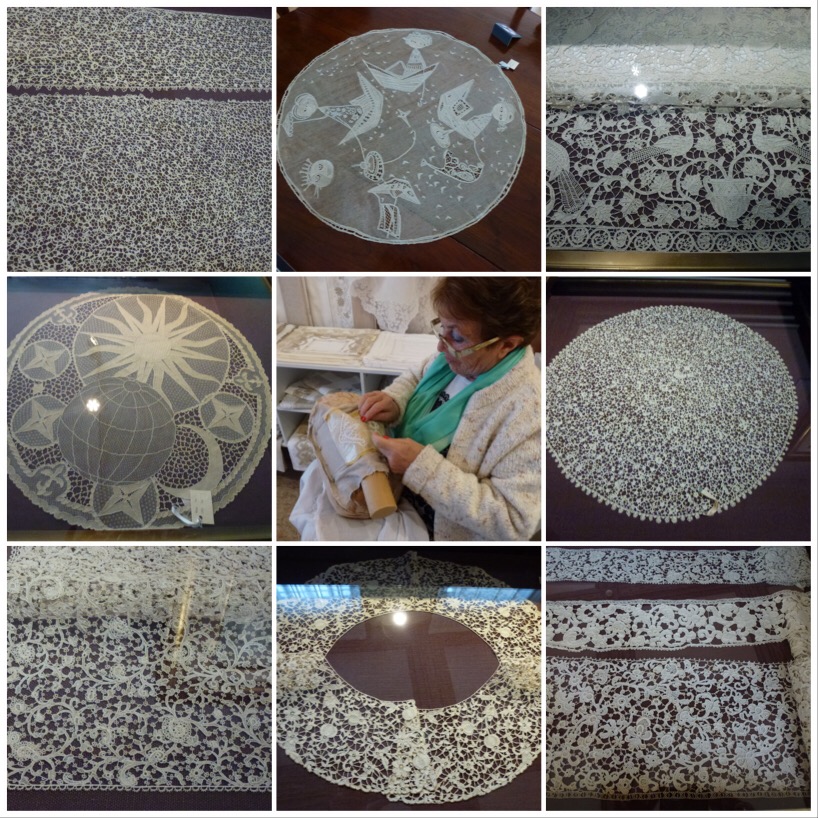
We saw how needle lace is essentially embroidered paper that then has the paper removed to leave the stitching, glorious detail, fine beyond imagination and when you see archived rolls of it, all hand made, you cannot comprehend the hours of work necessary to render the exacting and exquisite designs.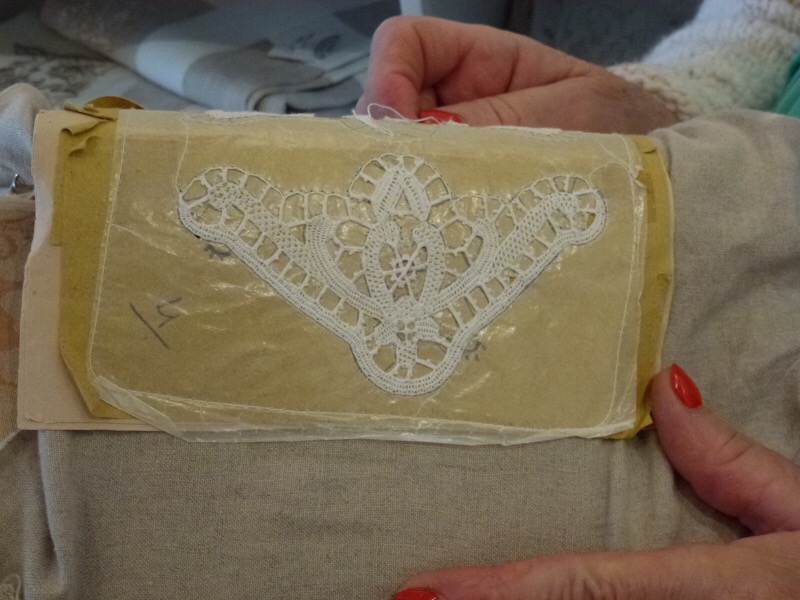
Lace making died out fairly recently as a trade because of the sheer time it takes and the labour costs. This industry is precious but has been squeezed out of the market by lesser machine made/imports and the diminished demand due to changing fashions. We were privileged enough to see one of the original workers, still hand-making lace – amazing dexterity for such old, punished hands.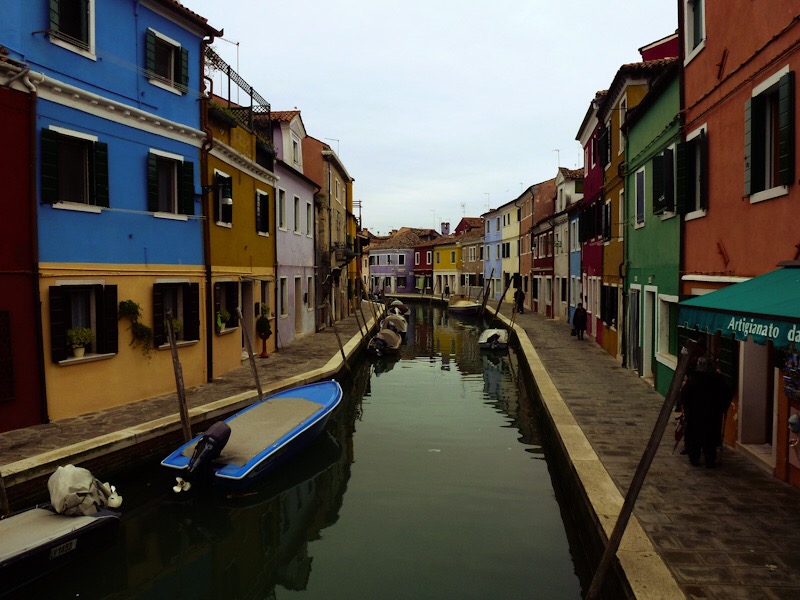
After biscuit buying and a picnic lunch, we boarded the waterbus again to head to Murano, glass-making capital of Italy. Apparently glassmaking was originally part of the Venice island cluster but was moved to Murano because of the constant accidental fires – Venice is largely timber with stone facades, so fire-based industries are naturally problematic.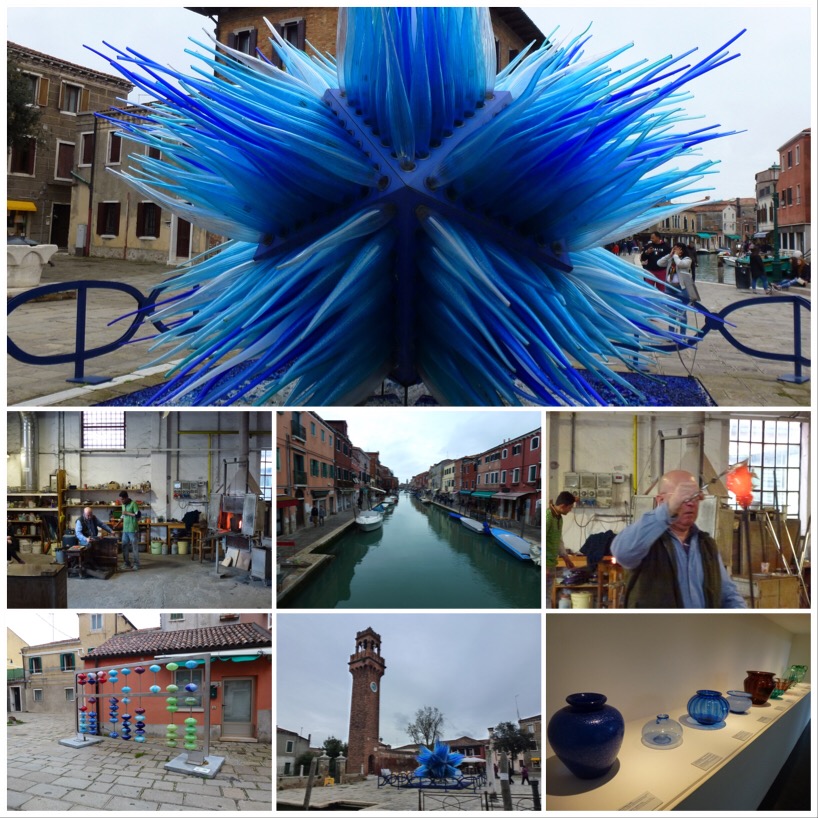
Architecture in Murano was stylistically Venetian, but not as colourful as Burano and, naturally, dominated by industry – “Fornaces” with family names, showrooms and some public workshops dot the island.
We saw a master craftsman, handed a pole with a glob of molten glass, fashion a large rearing horse, a fish and a fluted handled jug in what seemed like no time. His talent was making an exceptionally tricky skill look easy.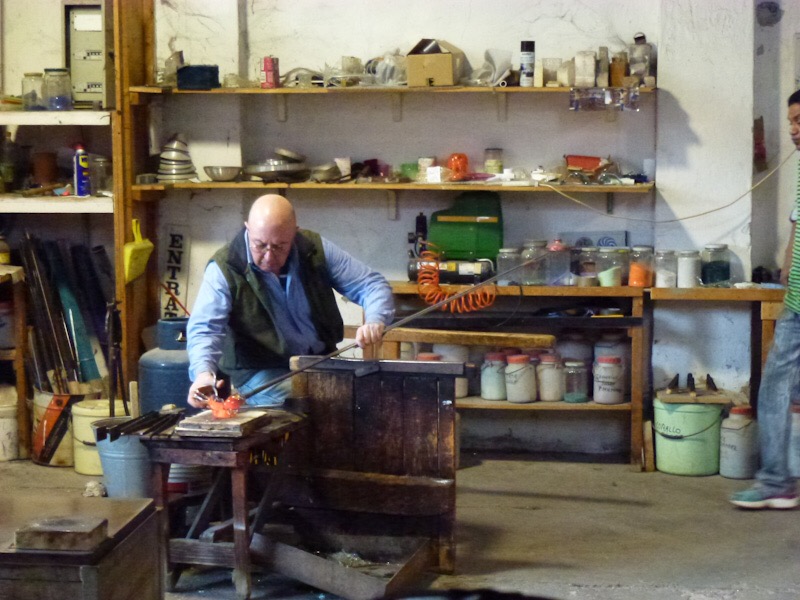
We strolled through glass showrooms, the glass museum which showcased astonishingly intricate historical glass, and decided the best thing to remind ourselves of our time in Venice was with a gondola-esque glass abstract sculpture. It will hopefully make it home in one piece.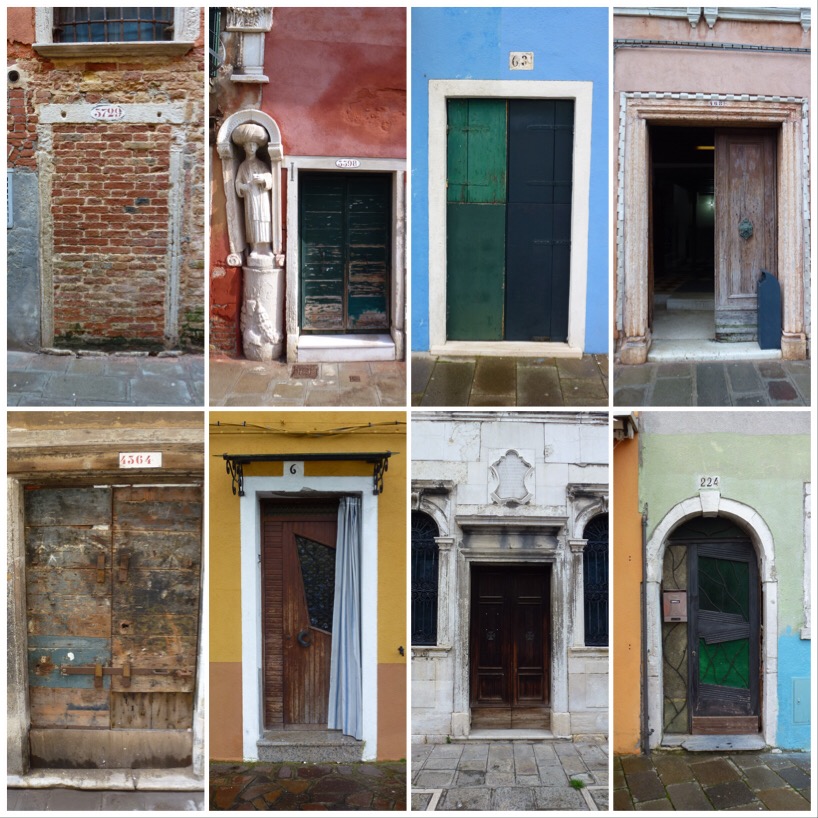
Cold and tired, Jo’s asthma cough aggravated by the conditions, we returned to the mainland for a rest before heading out for dinner – a grand day out indeed.

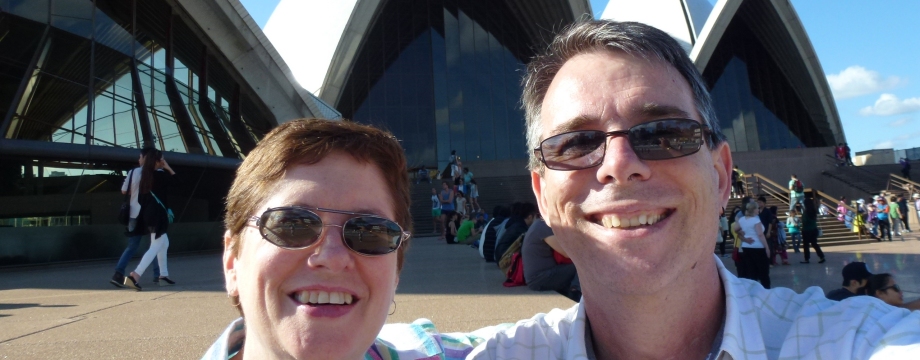
3 Responses to A Day On The Lagoon – Lace and Glass